
Article Summary: Indiana Dunes National Park Facts
Indiana Dunes National Park Facts! In this article, we provide you with 10 amazing facts about one of America’s most magnificent national parks.
More Than Just Parks is your one-stop-shop when it comes to learning everything you’ll need to know about America’s national parks. We’ve got expert guides, beautiful photos, helpful tips, breathtaking films and so much more.
I’ve been to so many of these amazing places since retiring from teaching in 2018. Did I mention that I taught history? I spent a lifetime teaching about the history behind some of these natural wonders. Then I got to see them firsthand.
And now I’m sharing some of the incredible stories about these beautiful places with you. It doesn’t get any better than that!
More Than Just Parks takes a deeper dive with its national park facts. We’ve done our homework so that you’ll get more than you bargained for.
Without further ado, let’s dive in.
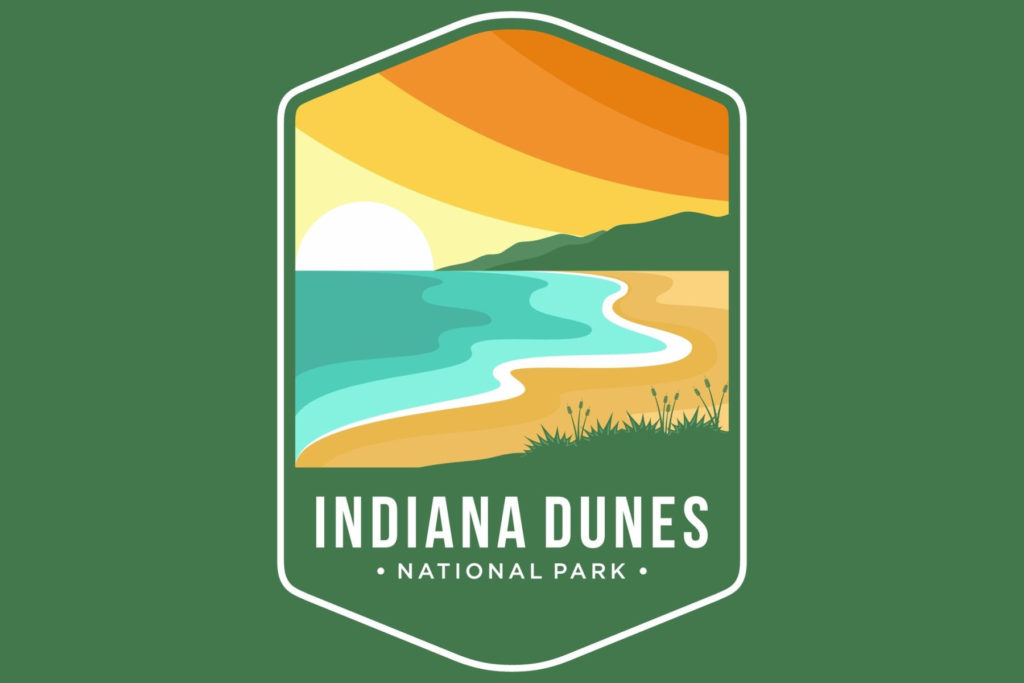
Table Of Contents : Indiana Dunes National Park Facts
Indiana Dunes National Park Facts
- Facts About Indiana Dunes National Park
- Top 5 Indiana Dunes National Park Facts
- 1. Indiana Dunes Was The Birthplace Of Ecology
- 2. The Harsh Topography Of The Area Discouraged Early Settlements
- 3. Three key Individuals Helped To Make Indiana Dunes National Lakeshore A Reality
- 4. Indiana Dunes Is A Treasure Trove Of Nature
- 5. Biological Diversity Was A Key Reason For The Creation Of The Park
- Top 10 Indiana Dunes National Park Facts
- Meet The Parks Brothers
- Map Of Indiana Dunes National Park
- We Hope You’ll Follow Our Journey
Facts About Indiana Dunes National Park
Some Basic Facts About Indiana Dunes National Park
Indiana Dunes National Park is a beautiful and unique park located in Indiana. It covers over 15,000 acres of land and is home to a wide variety of plant and animal life, as well as several unique geological features.
The park is located along the shores of Lake Michigan and features a diverse landscape, including forests of oak and beech trees, grasslands, wetlands, and several miles of sandy beaches. The park is also home to a wide variety of plant and animal life, including over 400 species of plants, over 300 species of birds, and several species of reptiles and amphibians.
There are many ways to explore and enjoy Indiana Dunes National Park. Visitors can go swimming or sunbathing on the park’s beaches, go hiking or biking on the park’s trails, or even go fishing or boating in Lake Michigan. There are also several campgrounds and lodges located within the park, providing comfortable accommodations for visitors.
Indiana Dunes National Park is a beautiful and unique place, offering visitors the opportunity to experience the beauty and majesty of the natural world in a truly special setting. It is a great destination for outdoor enthusiasts, with plenty of opportunities for swimming, hiking, and other outdoor activities.

CHECK OUT: 5 EPIC Indiana National Parks You Should See
Now Here Are Some Basic Facts
- Location: Indiana
- Acreage: Indiana Dunes consists of 2,182 acres of primitive, beautiful, historic, and unique Hoosier landscape. It lies at the north end of State Road 49 in Porter County and includes more than three miles of beautiful beach along Lake Michigan’s southern shore.
- Visitation: The number of visitors to Indiana Dunes National Lakeshore amounted to approximately 3.18 million in 2021.
- Highest Elevation: At 192 feet above Lake Michigan, Mount Tom is the highest dune in the state of Indiana.
- Lowest Elevation: The lowest elevation found in Indiana Dunes is 597 feet at Lake Michigan.
- Average Annual Precipitation: The average amount of precipitation for the year in St. Louis – Gateway Arch is 40.3″ inches.
- When Did It Become A National Park? It was authorized by Congress in 1966 as the Indiana Dunes National Lakeshore and was re-designated as the nation’s 61st national park on February 15, 2019.
Top 5 Indiana Dunes National Park Facts
1. Indiana Dunes Was The Birthplace Of Ecology
In researching the history of America’s national parks, I am always on the lookout for fascinating facts. One of the most fascinating Indiana Dunes National Parks Facts is that Indiana Dunes was the birthplace of the science of ecology.
Ecology is the study of the relationships between living organisms, including humans, and their physical environment; it seeks to understand the vital connections between plants and animals and the world around them.
CHECK OUT OUR ENVIRONMENTAL HEROES SERIES
Henry C. Cowles
While still a botany student at the University of Chicago, Henry C. Cowles’ investigations formed the foundation of the dunes preservation movement.
Henry Chandler Cowles went on to become American botanist and ecologist who spent most of his career teaching at the University of Chicago.
His best-known class was a course called Botany 36.
In 1913, Cowles led a group of German scientists on an ecological tour of the United States. The tour included visits to the Grand Canyon, Yosemite, Yellowstone Park, and the Lake Michigan dunes.
The Ecological Society of America (ESA) was established as a result of this meeting. An offshoot of the ESA later became the Nature Conservancy.
After World War I, an Indiana state park was established in Cowles’ honor. On December 2, 1965, 56 acres of Porter County, Indiana, were designated Cowles Bog National Natural Landmark in his honor.

CHECK OUT: 11 AMAZING Acadia National Park Facts
2. The Harsh Topography Of The Area Discouraged Early Settlements
Among the fascinating Indiana Dunes National Parks is how the harsh topography of the area discouraged early settlers.
Most archeological evidence of prehistoric settlement suggests the swamps and sand dunes deterred anything but transient habitation.
Native Americans came to the area during the summer and then migrated to the Kankakee River area to winter.
By the seventeenth century, the Miami, Ottawa, Potawatomi, and Wea tribes occupied the region when French explorers arrived to claim the area as “New France.”

CHECK OUT: 10 AMAZING Facts About Badlands National Park
3. Three key Individuals Helped To Make Indiana Dunes National Lakeshore A Reality
Before there was Indiana Dunes National Park there was Indiana Dunes National Lakeshore. But how did it come into existence?
One of my favorite Indiana Dunes National Park Facts has to do with the important role played by three key individuals. These were the people who helped to make Indiana Dunes National Lakeshore a reality.
These individuals were: (1) Henry Cowles, a botanist from the University of Chicago (discussed earlier); (2) Dorothy R. Buell, an Ogden Dunes resident and English teacher; and (3) Paul H. Douglas, Senator for the State of Illinois.
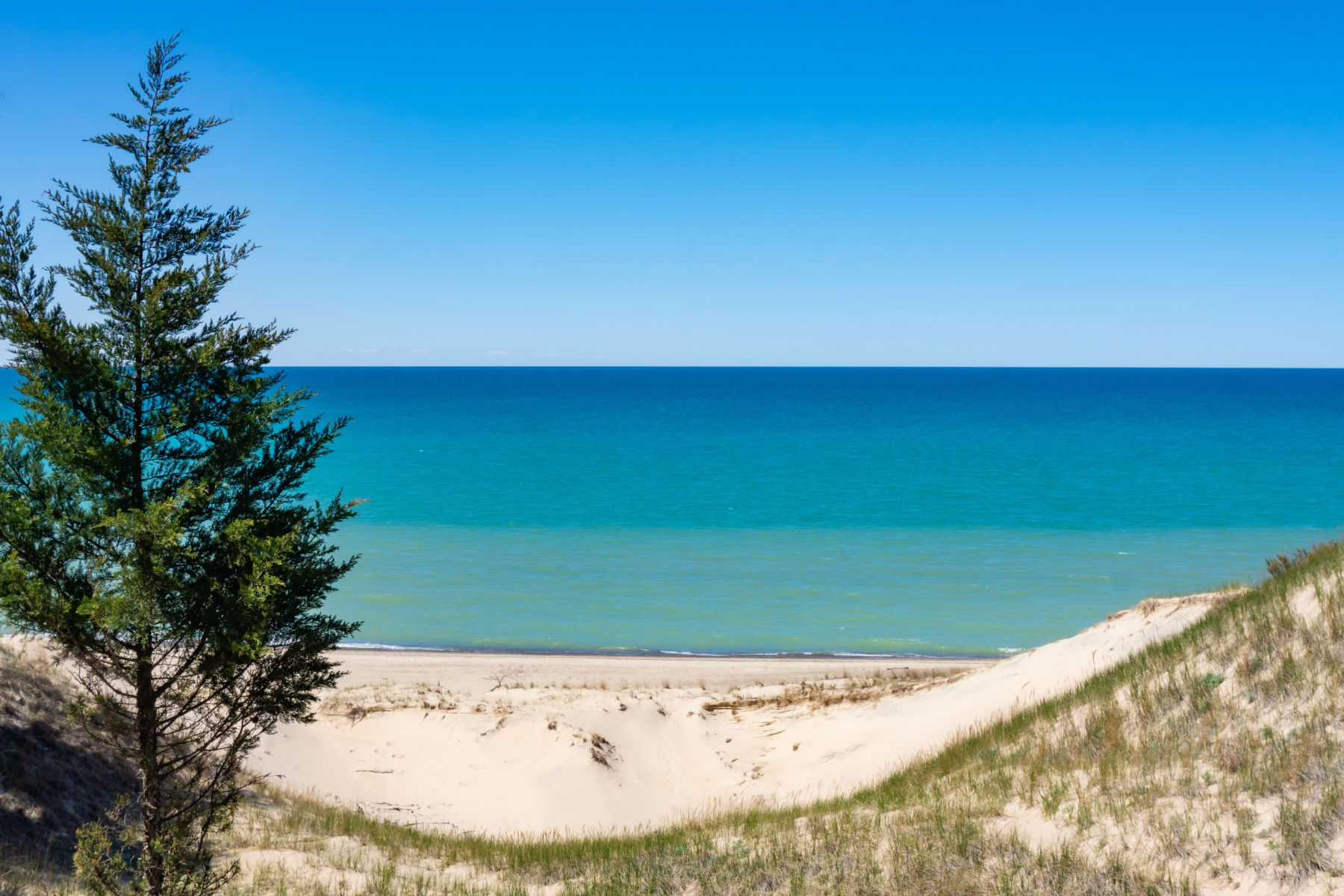
Enter Dorothy Buell
In 1926, after a ten-year petition by the State of Indiana to preserve the dunes, the Indiana Dunes State Park opened to the public. The State Park was still relatively small in size and scope and the push for a national park continued.
In 1949, Dorothy Buell became involved with the Indiana Dunes Preservation Council (IDPC).
The efforts of Buell resulted in a Save the Dunes Council in 1952.
Save the Dunes Council President Dorothy Buell and council members began a nationwide membership and fundraising drive to buy the land they desperately sought to preserve.
Their first big success was the purchase of 56 acres in Porter County, the Cowles Tamarack Bog.
In recognition of her efforts, the park’s visitor center is named for Dorothy Buell.

The Kennedy Compromise
In the summer of 1961, those fighting to save the dunes began to see greater possibilities for hope.
President John F. Kennedy supported congressional authorization for Cape Cod National Seashore in Massachusetts, which marked the first time federal monies would be used to purchase natural parkland.
President Kennedy also took a stand on the National Lakeshore, outlining a program to link the nation’s economic vitality to a movement for conservation of the natural environment.
This program became known as The Kennedy Compromise, 1963-1964.

Enter Paul Douglas
The Kennedy Compromise entailed the creation of a national lakeshore and a port to satisfy industrial needs.
Then Illinois Senator Paul H. Douglas spoke tirelessly to the public and Congress in a drive to save the dunes, earning him the title of “the third senator from Indiana.”
The park was established in 1966 with the passing of Public Law 89-761, which was authored by Senator Paul H. Douglas.
The bill included a provision that the highly desired Burns Waterway Harbor (Port of Indiana) could only be built with the authorization of the Indiana Dunes National Lakeshore.
At the time of its establishment, the park included only 8,330 acres of land and water. However, subsequent expansion bills in 1976, 1980, 1986, and 1992 increased the size of the park to more than 15,000 acres.
On February 15, 2019, the park was officially renamed from Indiana Dunes National Lakeshore to Indiana Dunes National Park (Public Law No: 116-6; written into House Joint Resolution 31) and became the 61st national park in the United States.

CHECK OUT: 25 Bucket List Famous Landmarks In America (MUST-SEE)
4. Indiana Dunes Is A Treasure Trove Of Nature
Another one of the fascinating Indiana Dunes National Park Facts is that the Indiana sand dunes are a treasure trove of nature featuring more than 1,100 flowering plant species and ferns as well as more than 350 species of birds.
According to the National Park Service, forty-six species of mammals, 18 species of amphibians, 23 species of reptiles, 71 species of fish, 60 species of butterflies, and 60 species of dragonflies and damselflies can be found here.
The largest herbivore is the white-tailed deer while the largest predator is the coyote.
The national park also provides habitat for a great blue heron rookery and the federally endangered Karner blue butterfly.
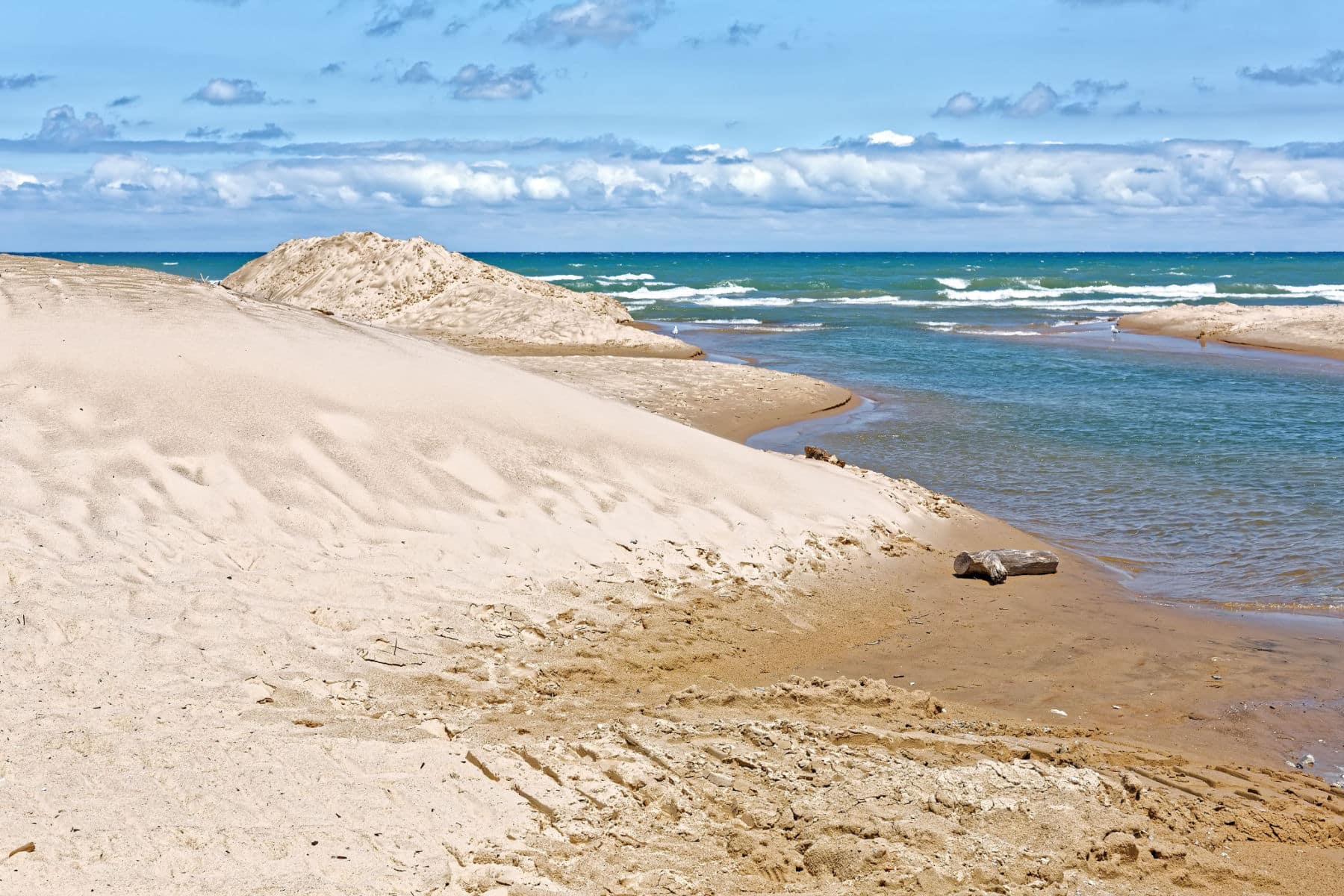
CHECK OUT: 15 AMAZING Facts About Grand Teton National Park
5. Biological Diversity Was A Key Reason For The Creation Of The Park
Among the lesser known of the Indiana Dunes National Parks Facts is the important role which biological diversity has played in the creation of this national park.
Because the national park is located in several ecological transition zones, its diversity is many times greater than most areas its size.
In fact, Indiana Dunes National Park is fourth in biological diversity among the national parks despite having only 15,000 acres.
Remnant species from past climatic changes have managed to survive in sheltered habitats. The moderating effect of Lake Michigan, along with the great variety of habitats within a small area, explain much of the plant and animal diversity.
As of 2021, it’s the fifth most biodiverse national park in the United States, right behind Yosemite.

CHECK OUT: 16 Yosemite National Park Facts Which Will Amaze You
Top 10 Indiana Dunes National Park Facts
6. Indiana Dunes Has A Birding Festival
Now here’s a truly amazing Indiana Dunes National Park Fact. The park has a “Birding Festival.”
The Indiana Dunes National Park Birding Festival is an annual event held in May that celebrates the park’s incredible bird diversity. The festival typically spans four days and features a variety of birding-related activities, including guided bird walks, birding workshops, educational programs, and special events.
The festival is a great opportunity for birdwatchers of all levels to learn more about the park’s bird species and to connect with other birding enthusiasts. Experienced guides lead birding walks along the park’s trails and beaches, pointing out a wide range of bird species, from waterfowl and shorebirds to songbirds and raptors.
In addition to the birding walks, the festival offers a variety of workshops and presentations on bird identification, bird photography, and other bird-related topics. There are also opportunities to visit local birding hotspots outside of the park and to participate in bird banding demonstrations.
One of the highlights of the festival is the “Big May Day Bird Count,” a friendly competition in which birders form teams and try to spot as many bird species as possible within a 24-hour period. The competition is open to all festival participants and offers a chance to test birding skills while contributing valuable data to ongoing bird conservation efforts.
The festival also features a variety of family-friendly events, such as bird-themed arts and crafts, birdhouse building workshops, and a live bird show featuring raptors and other birds of prey.
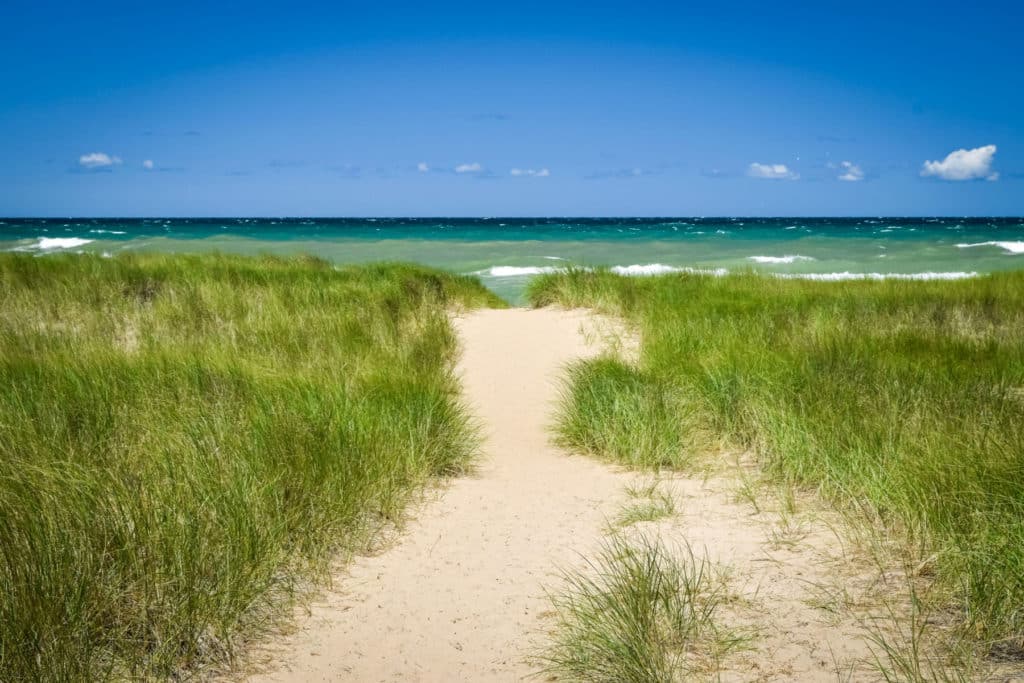
7. Indiana Dunes Has Some Amazing Outdoor Activities
Just when you thought we couldn’t come up with another fascinating Indiana Dunes National Park Fact we did!
The park has some amazing outdoor activities.
From swimming and sunbathing in the summer to cross-country skiing and snowshoeing in the winter, each season offers visitors the chance to experience this unique park.
Hiking is rewarding in every season. Spring wildflowers are abundant along the Little Calumet River in April and May. Summer is an ideal time to build sand castles and admire Lake Michigan sunsets. The Calumet and Porter Brickyard Bike Trails are especially pretty in the late summer and early fall.
The colors of fall can be enjoyed from late September through October, with the peak color occurring around mid-October. Bird watching is especially interesting during spring and fall migrations. Animal tracks are often visible after a recent snowfall.
Camping and fishing are popular ways to relax at the dunes. Overnight camping is available from April 1 through October 31 at the Dunewood Campground. Fishing the Little Calumet River during the summer steelhead run is a worthy challenge and the Portage Lakefront and Riverwalk fishing pier offers lakeside fishing. (Source: NPS)
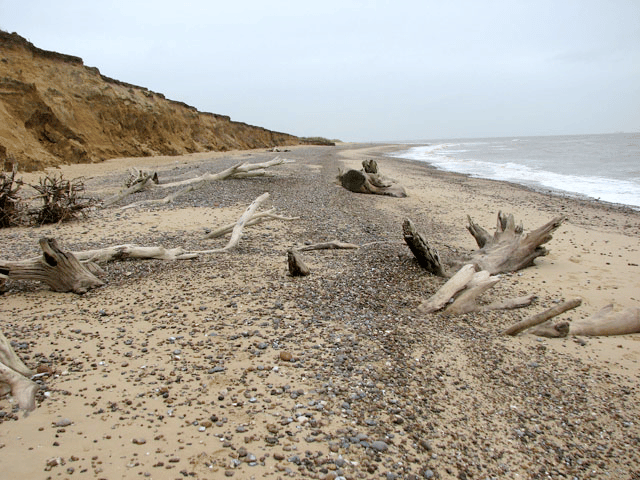
8. Indiana Dunes Has The “Diana Of The Dunes” Dare
One of the more intriguing Indians Dunes National Parks Facts involves the “Diana of the Dunes” Dare.
What is the Diana Dunes Dare? It’s a hiking challenge. You can be like dune advocate Alice Mabel Gray, also known as Diana of the Dunes.
She hiked and lived in the dunes on her own in an abandoned shanty for over 9 years in the early 1900s and took an interest in the history, ecology, and preservation of Indiana Dunes. (Source: NPS)

Who Was Alice?
Diana of the Dunes became a legend in her own time. Diana was born in Chicago as Alice Mabel Gray. She was tagged Diana of the Dunes by area reporters because she chose to live a very different life from most of the women at that time.
She was a well educated woman who studied at the University of Chicago and worked for a time at the U.S. Naval Observatory in Washington DC as a computer. (Please Note: In Alice’s time, a “computer” was a person who did mathematical calculations as a profession).
She had a profound change of heart for reasons that are not very clear, but many newspapers at the time created a persona for the woman who chose to live alone in the wilds of the Indiana dunes. Well, won’t spoil the entire plot here, so you will have to get out to West Beach and read the signs to complete the dare. (Source: NPS)

To Learn More About The Diana Dunes Dare
To learn more about this challenge, check out this NPS Website.

Diana’s Dare Logo – Dare to walk in her footsteps and learn and explore the wonders of the dunes. (Courtesy of NPS)
9. The Park Features 14 Different Trail Systems Covering 50 Miles
One of my favorite Indiana National Park Facts involves the park’s hiking trails.
Next to learning the history of the national parks, my favorite activity is hiking provided that the trails are not too strenuous.
At Indiana Dunes you will experience much more than just sand dunes as you hike through 14 distinct trail systems covering more than 50 miles of trails.
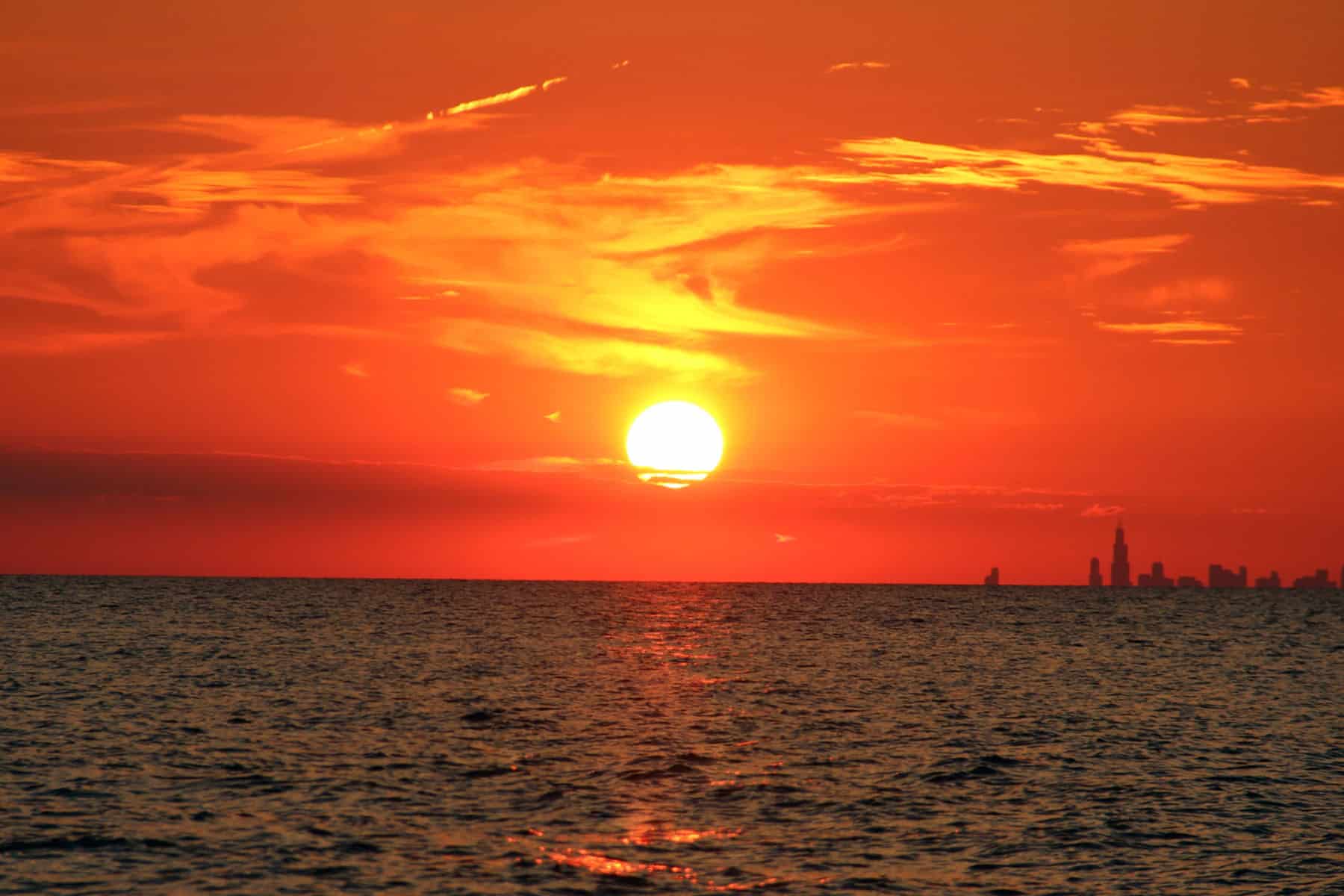
Here’s A Few Of My Favorite Hiking Trails
Among the trails that I enjoy hiking at Indiana Dunes are the following:
Calumet Dunes Trail
Featured hike: Easy, 0.5 miles in length, hike time of 20 minutes.
This short hike on a paved trail features the Calumet Dunes ridge, which was the shoreline of Lake Michigan over 12,000 years ago.
Cowles Bog Trail
Featured hike: Moderate to rugged, 4.7 miles in length, hike time of 4 hours.
This hike highlights an area of such outstanding plant diversity that it was designated as a National Natural Landmark. Explore several distinct habitats including ponds, marshes, swamps, black oak savannas and beaches.
Dune Ridge Trail
Featured hike: Moderate, 0.7 miles in length, hike time of 30 minutes.
This hike offers great views of the extensive wetlands and forests south of this tall, forested dune. Perhaps no other area in the national park will take you through as many diverse habitats in such a short trail.
Mount Baldy Beach Trail
Featured hike: Moderate to rugged, 0.75 miles in length, hike time of 1 hour.
This hike is short with a steep climb down loose sand to reach Mount Baldy beach.
Paul H. Douglas Trail (Miller Woods)
Featured hike: Moderate, 3.4 miles in length, hike time of 2 hours.
This hike through Miller Woods winds through several habitats including wetlands, globally rare black oak savanna, open dunes and beach. The views of the lake and the dunes are incredible. (Source: NPS)
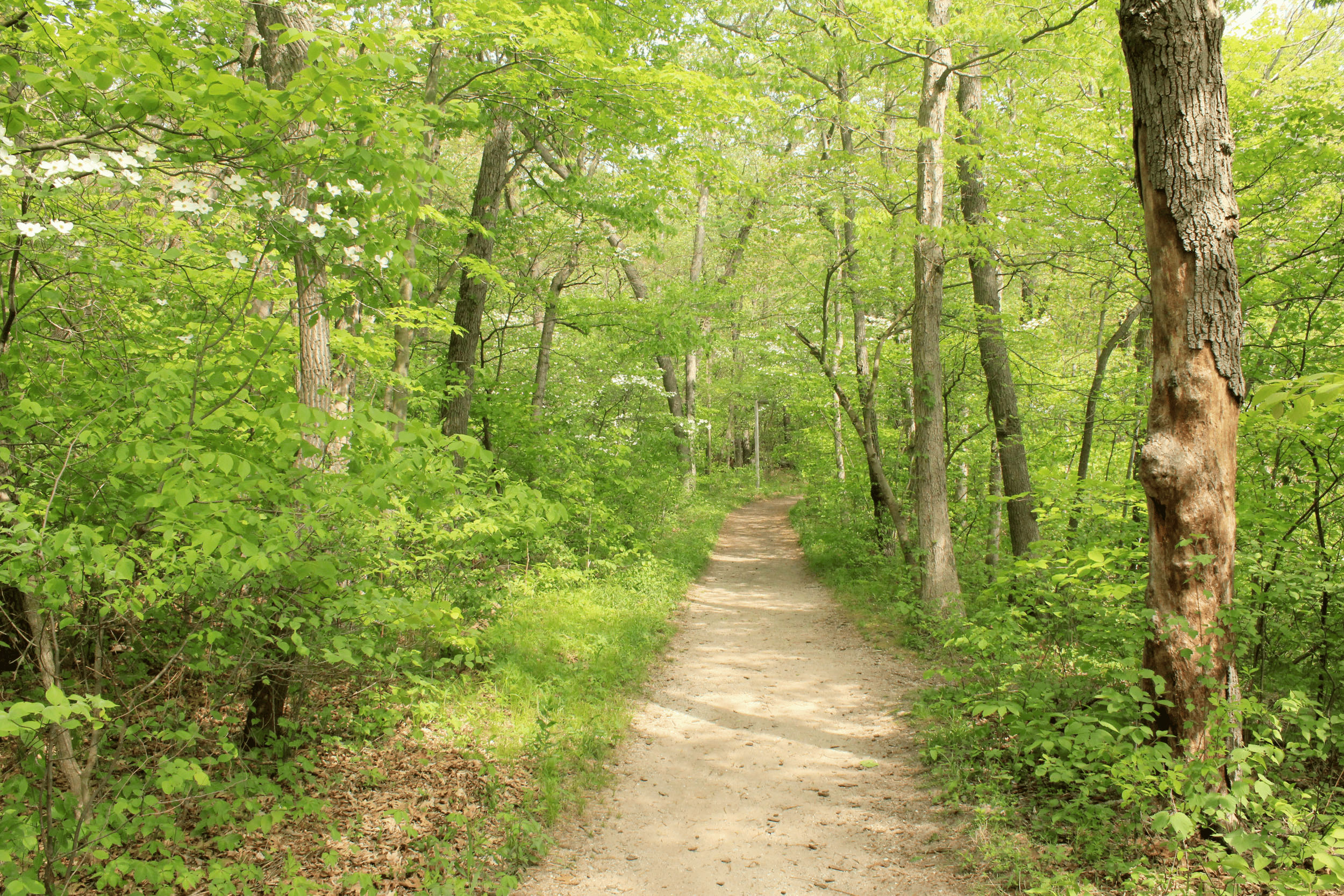
10. The Park Is Home To Some Unique Ecosystems
Indiana Dunes National Park is home to several unique ecosystems, including wetlands, savannas, and oak forests.
One of the most prominent ecosystems in the park is the beach and dune system. This ecosystem consists of sand dunes, beach grasses, and other vegetation adapted to the harsh conditions of the lakefront environment. The dune system is constantly changing due to the forces of wind, water, and sand, and is home to a variety of plant and animal species, including the endangered Pitcher’s thistle.
The park’s wetland ecosystems include both marshes and swamps, which are important habitats for waterfowl, wading birds, and other wildlife. These wetlands are also critical for water quality and flood control, helping to filter pollutants and prevent erosion.
The park’s savanna and woodland ecosystems are home to a wide variety of plant and animal species. The savannas are characterized by open grasslands with scattered trees and are home to a variety of bird species, including the endangered Henslow’s sparrow. The woodlands include oak-hickory forests and other hardwood forests, which provide habitat for a range of wildlife, including deer, coyotes, and red foxes.
The park’s prairie ecosystem is a rare and threatened ecosystem in the region, consisting of grasslands with scattered wildflowers and other plants. This ecosystem is home to a variety of bird species, including the grasshopper sparrow, and is an important habitat for pollinators like bees and butterflies.

Paddling the many Lake Michigan waterways | Photo courtesy of NPS
Why Trust Us About Indiana Dunes National Park?
We’re Jim Pattiz and Will Pattiz, collectively known as the Pattiz Brothers (and sometimes the Parks Brothers) and we absolutely LOVE the national parks.
You should probably know that we don’t just make this stuff up out of thin air. We’ve spent our entire adult lives exploring and filming America’s national parks and public lands.
We’ve worked with the National Park Service, the Department of Interior, USDA, and the U.S. Forest Service for years creating films on important places and issues. Our work has been featured in leading publications all over the world and even some people outside of our immediate family call us experts on the national parks.

Meet The Parks Brothers
Map Of Indiana Dunes National Park
List Of Indiana Dunes National Park Facts
- Indiana Dunes Was The Birthplace Of Ecology
- The Harsh Topography Of The Area Discouraged Early Settlements
- Three key Individuals Helped To Make Indiana Dunes National Lakeshore A Reality
- Indiana Dunes Is A Treasure Trove Of Nature
- Biological Diversity Was A Key Reason For The Creation Of The Park
- Indiana Dunes Has A Birding Festival
- Indiana Dunes Has Some Amazing Outdoor Activities
- Indiana Dunes Has The “Diana Of The Dunes” Dare
- The Park Features 14 Different Trail Systems Covering 50 Miles
- The Park Is Home To Some Unique Ecosystems
We Hope You’ll Follow Our Journey
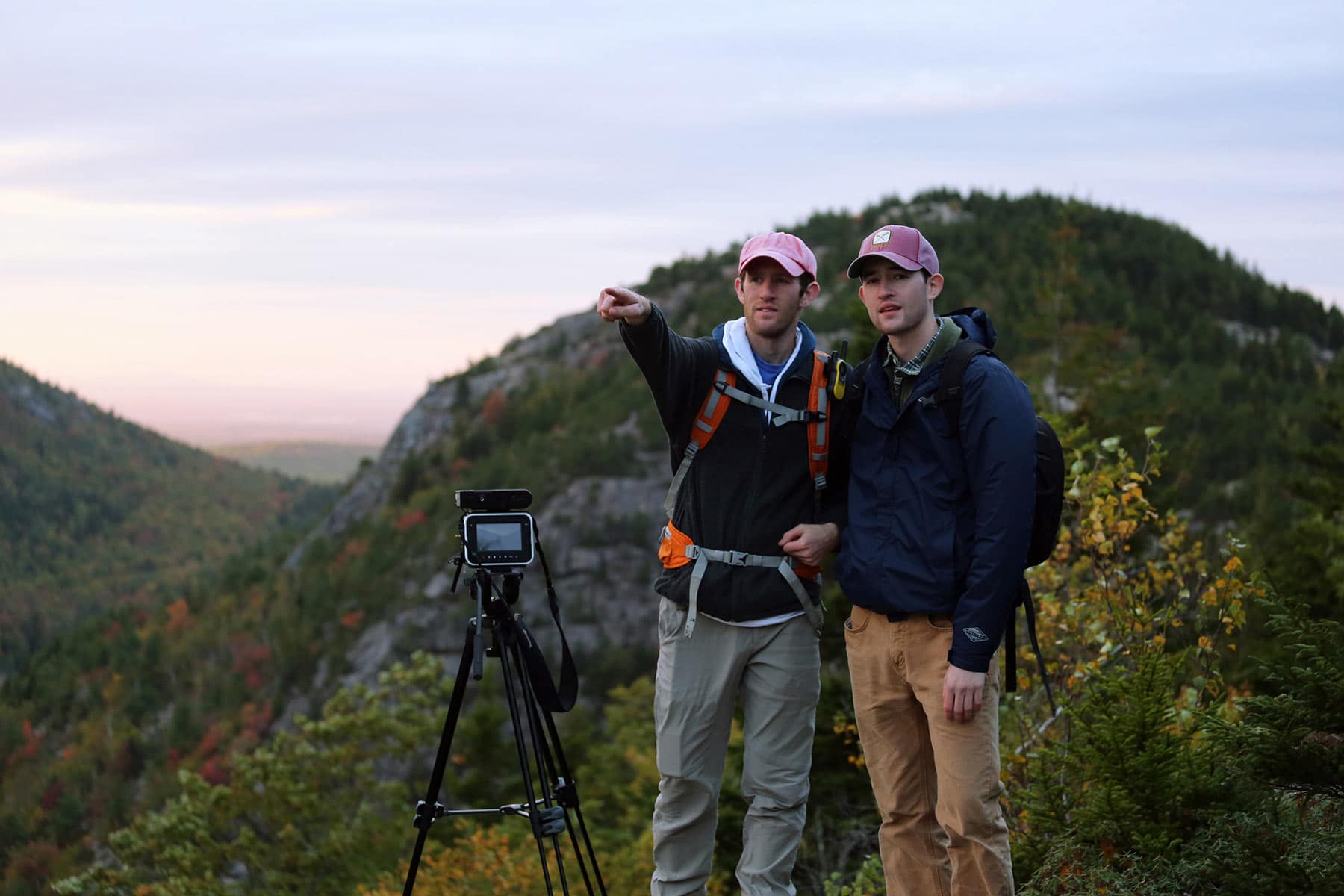
Our goal here at More Than Just Parks is to share the beauty of America’s national parks and public lands through stunning short films in an effort to get Americans and the world to see the true value in land conservation.
We hope you’ll follow our journey through the parks and help us to keep them the incredible places that they are. If you’re interested joining the adventure, sign up below!
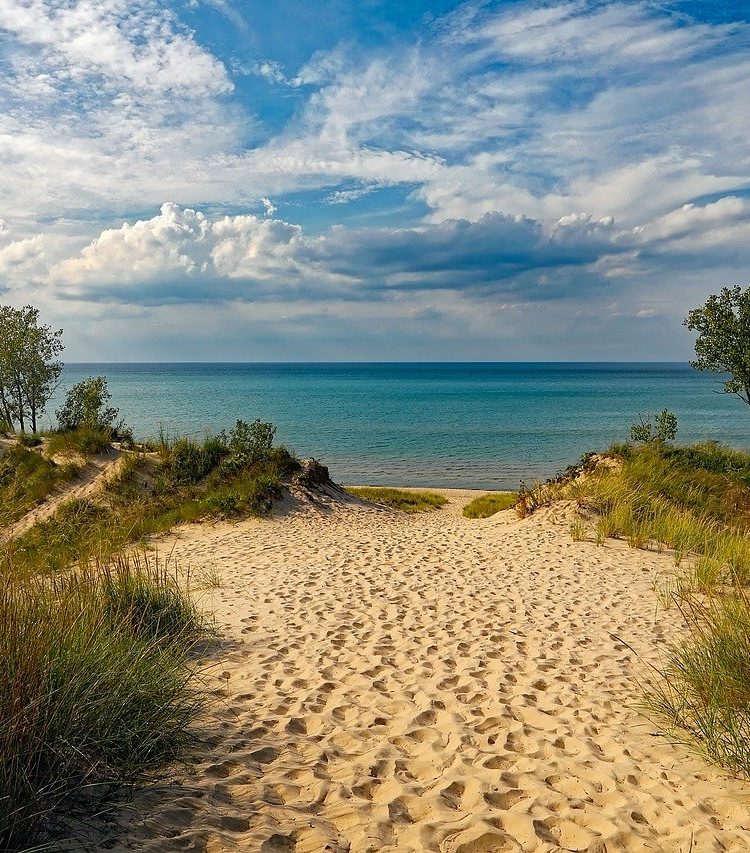

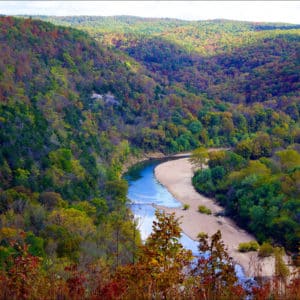

Leave a Reply